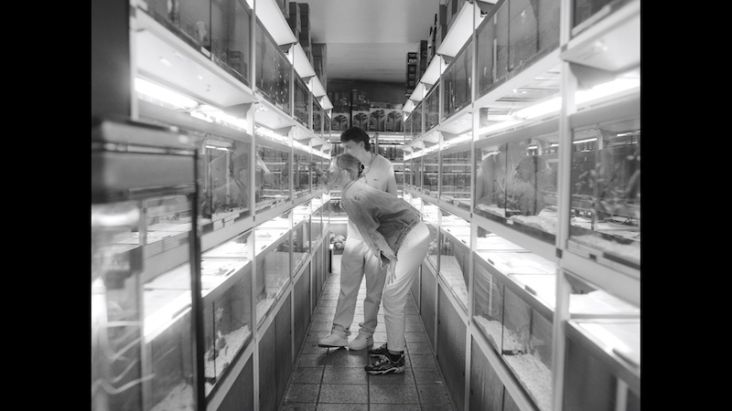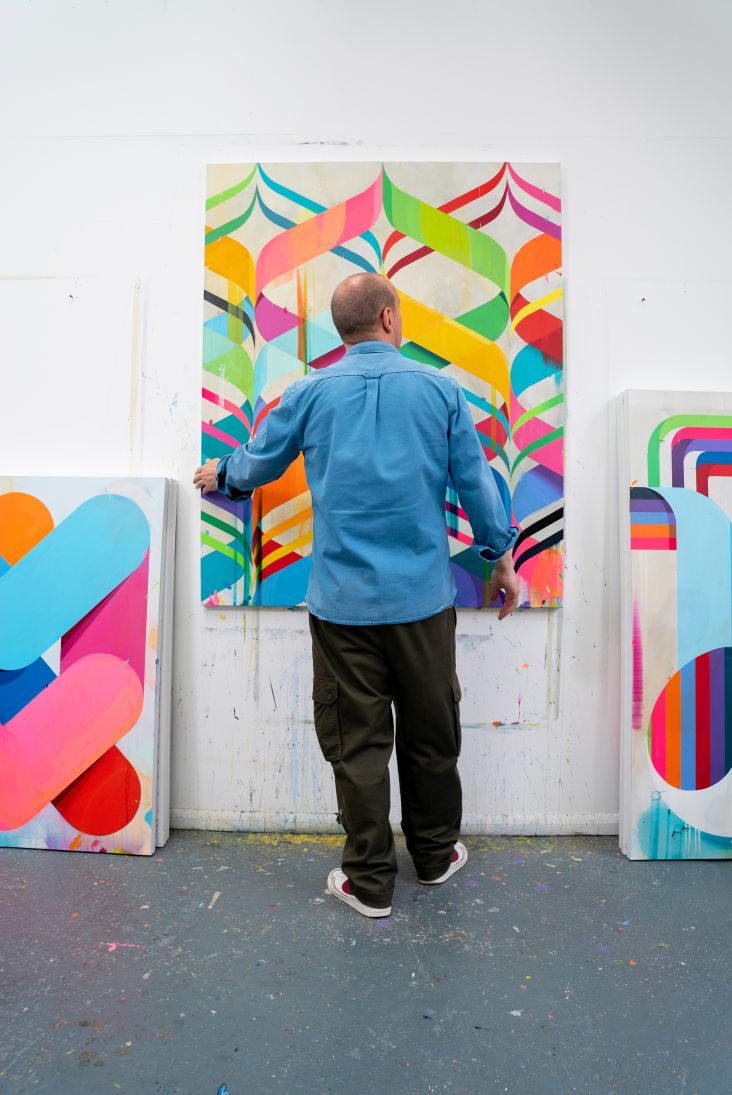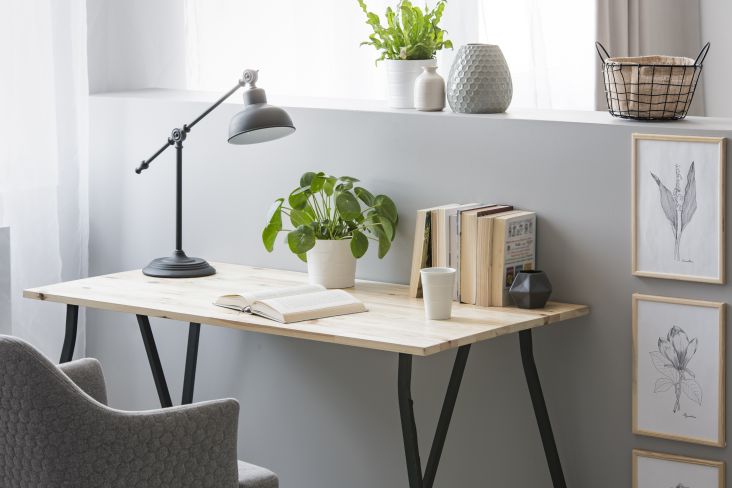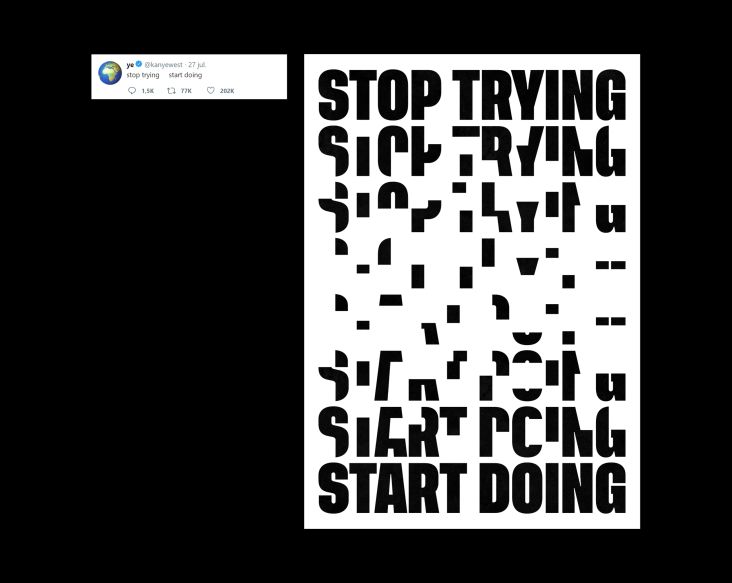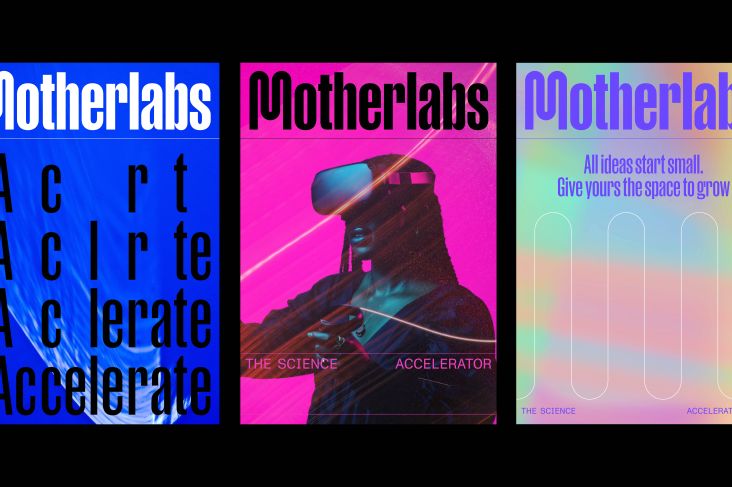Illustrator Lia Liao uses several scientific tricks to make her work stand out
Freelance illustrator Lia Liao has worked with big-name clients such as The New Yorker, The Washington Post, and Scientific American. However, a background in psychology rather than art helped to develop her distinctive editorial style.
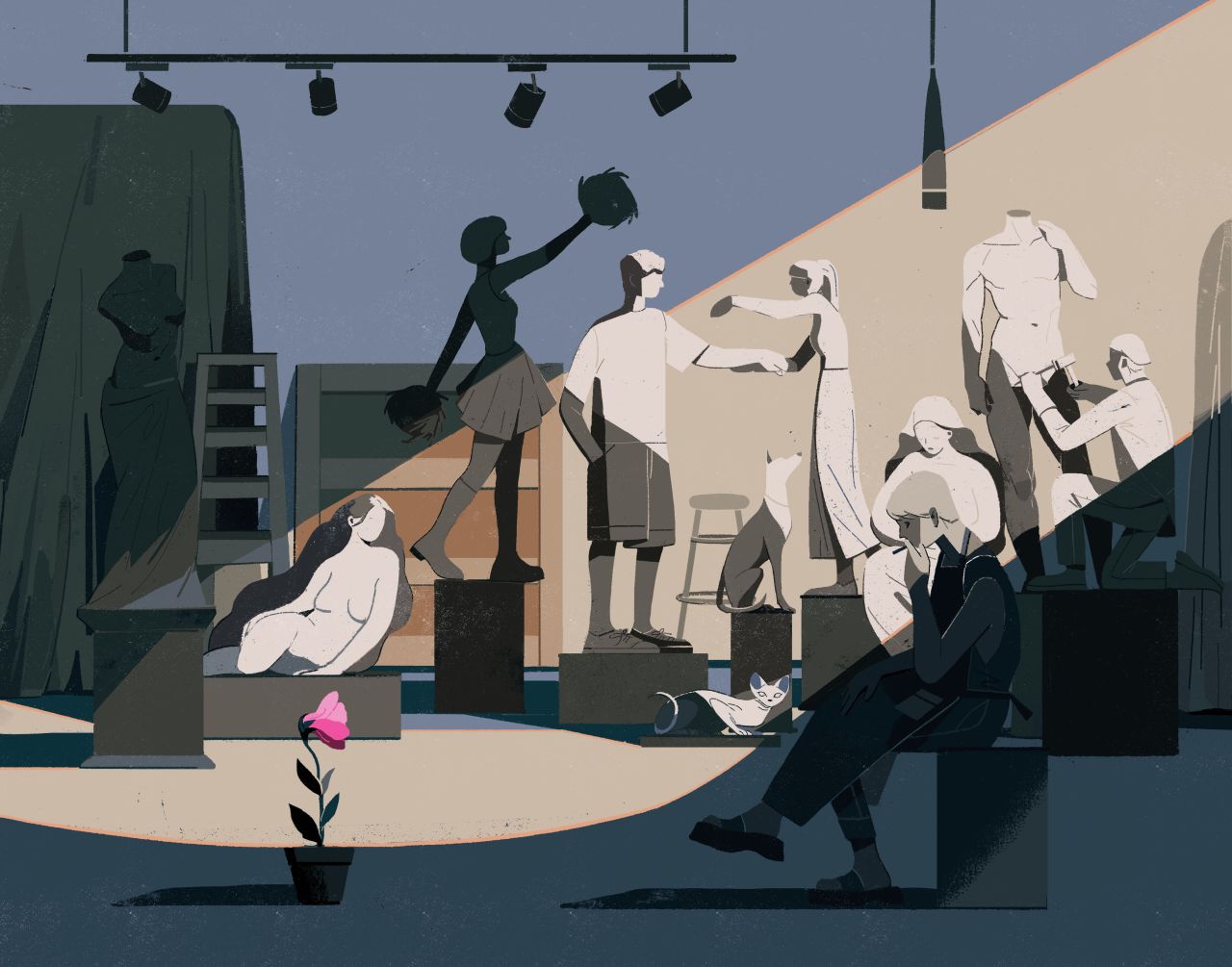
Lia, who is currently based in New York, only recently switched to a career in illustration. But even though she started in 2020, she has already picked up several accolades, including getting accepted into the Society of Illustrators and winning the Creative Quarterly 67 award. And part of the reason for her quick success, according to Lia, is that she knows how to use "scientific measures" to ensure her art captures people's attention.
This doesn't mean that Lia has always been a stranger to the arts, though. Film and literature have always been a huge part of her life and were the first ways she explored the inner workings of the human mind in an artistic way. Her interest in psychology ran alongside this and provided a scientific way of looking at what makes people tick.
"The connection was so fascinating that I was desperate to find a medium to express [these observations] through creation," Lia tells Creative Boom. "That was where illustration came into my mind. Illustration can break the boundary between the realistic and the surreal, especially compared to cinematography. It can be accepted worldwide without a misinterpretation of language."
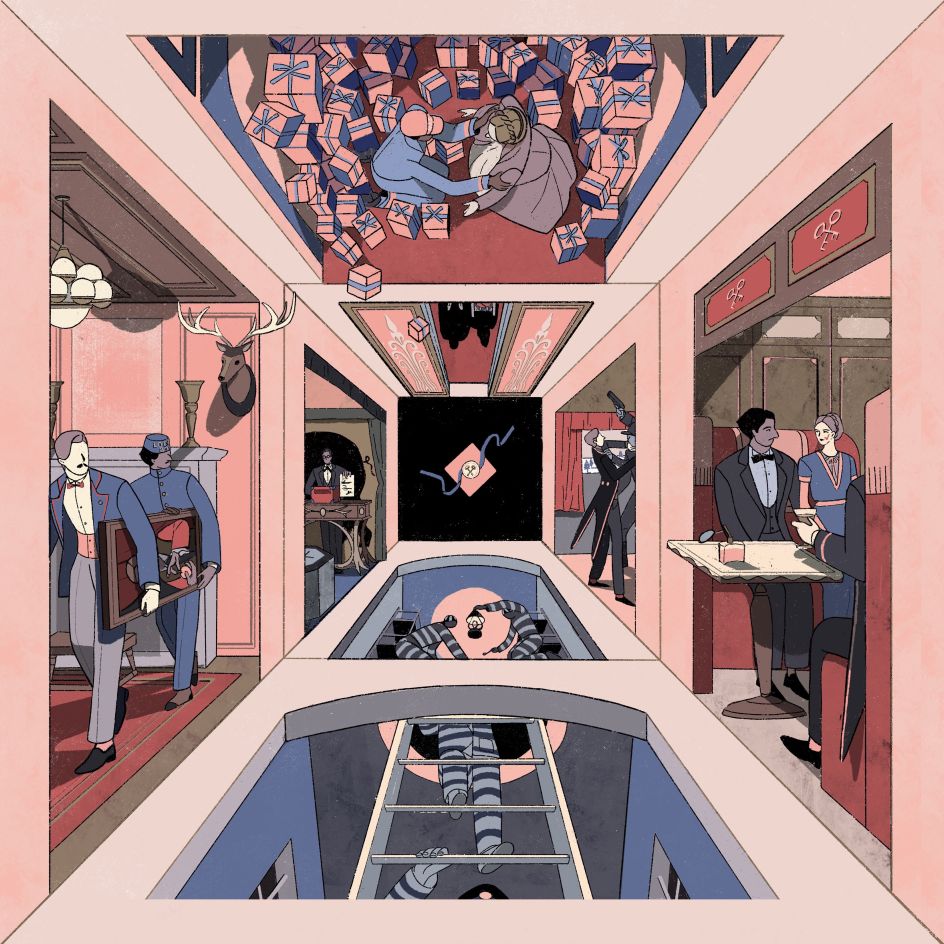
Illustration started as a pastime for Lia, but it was the work of Tomer Hanuka which inspired her to take it further. "I used to treat illustrations as a hobby; draw some fanart or do some poster designs for the films I like," she adds. Seeing Tomer's illustrations, mostly created for films, changed all that. "It's him who initially planted the idea of being an illustrator in my mind."
Describing her work as "calm, rational and mute," Lia likes to use monotone colours to create an atmosphere capable of leading the audience towards a certain emotion. "There are many amazing artists I admire whose work gives people a glimpse at what the everyday world looks like through their eyes. They are so bizarre, unique and beyond imagination."
She adds: "I treat artwork as a communication tool to replace language, which I regard as unreliable. In my works, I often try to express my feelings by combining images, sometimes in a realistic way, sometimes in a more surreal way. But the ultimate goal is always to express and communicate."
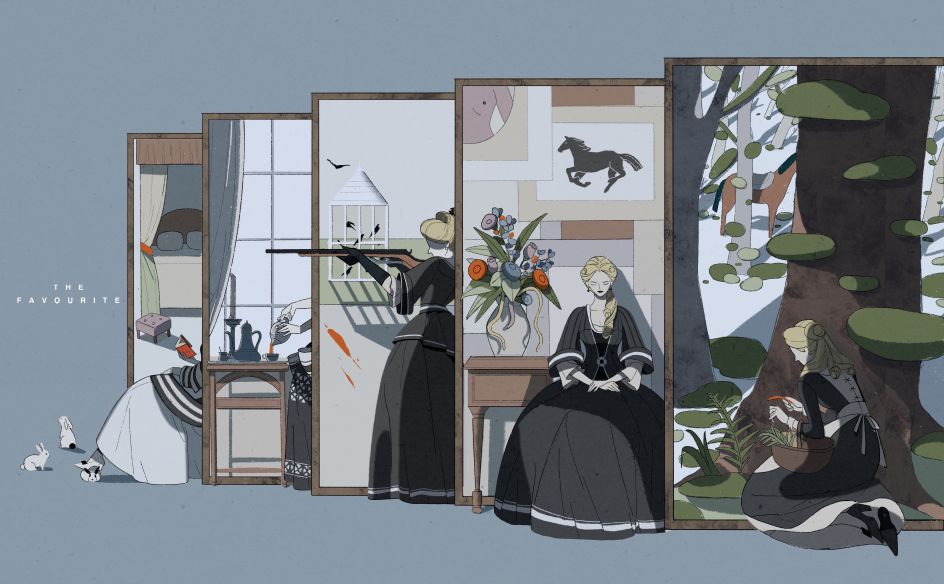

As for how she helps people feel a certain emotion, Lia has several psychological tricks at her disposal, which she picked up from her studies: "There are several shared principles between art and psychology which are capable of catching people's eyes," she explains.
These include: "creating a strong HSB (hue-saturation-brightness) comparison to make the main element jump out of the background, and the rule of thirds (placing the major visual component in a third of the image, leaving the other two third open)."
Lia also reveals that colour psychology plays a crucial role in her process. "The emotion of colour can be detected by people much more efficiently than they may think. If I want the image to deliver a chill and relaxed vibe, I will use as few dark colours as possible. By contrast, when black and grey tones occupy the majority of the image, it can easily make the audience settle down and believe there is something that needs to be treated seriously."

Using her psychological knowledge, Lia has developed a personal style that is rational and logical yet emotional at the same time. It's this unique, individual approach that she recommends other people follow if they are thinking of making the switch to an artistic career.
"Make your experience outside of the artistic career your strength," she says. "When I first started to learn drawing, I used to search for other illustrators' work as examples, pushing myself to follow the latest trends and making what would have been approved by the market. Starting an artistic career is about accepting who you are and knowing yourself, though. It is always the uniqueness that makes it work."

















